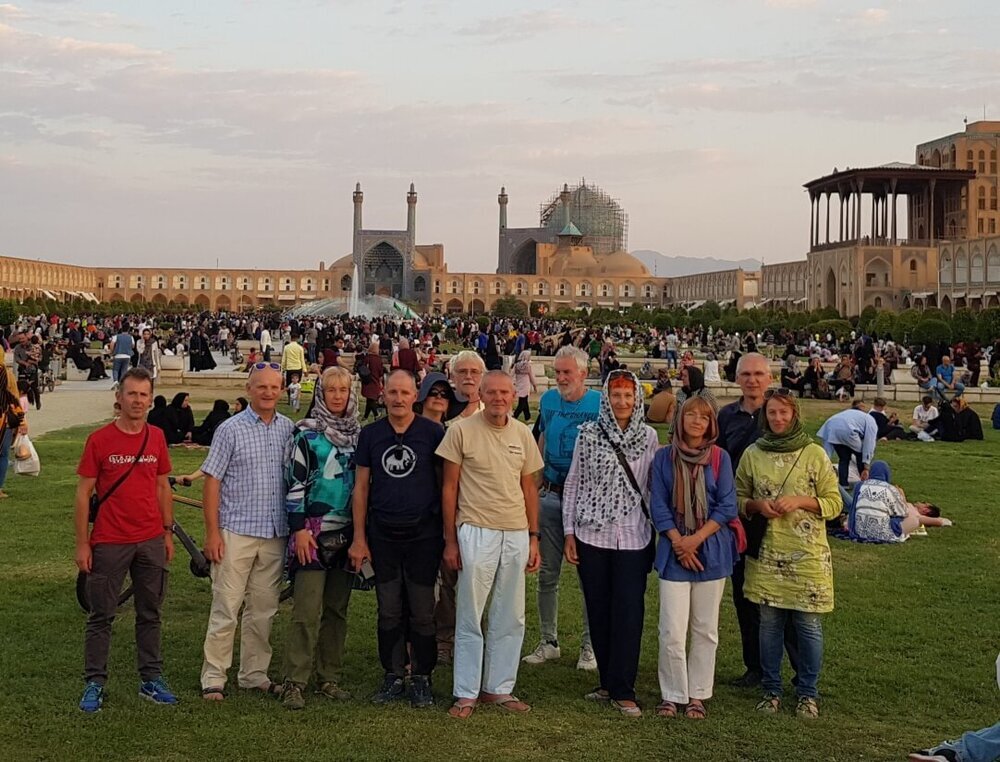Lost opportunities: The untapped potential of Iran’s tourism industry

Over the past two decades, despite Iran’s significant natural and cultural potential, attracting foreign tourists—especially leisure travelers interested in historical and cultural tourism from Europe and North America—has faced serious obstacles.
This is despite the signing of multiple memorandums of understanding and cooperation agreements in the field of tourism with various countries. Even in cases where these agreements have been signed with countries that have close political and economic ties with Iran, such as China and Russia, the expected results have not materialized. These countries have also shown limited interest in sending large numbers of tourists to Iran, and in many cases, their commitments in tourism exchange agreements have not been fulfilled.
The causes of this issue are multi-layered and cannot be reduced merely to the lack of tourism infrastructure. In fact, while the development of infrastructure—such as transportation networks, standard accommodations, and high-quality services—is essential, the problem is far deeper and lies in a combination of political, cultural, economic, and operational challenges.
The impact of international perceptions and political relations
One of the most influential factors in the decisions of leisure tourists is the perception of the destination’s political climate and safety. For many European and North American travelers, Iran is still perceived through the lens of negative news coverage, travel advisories, and political tensions. These perceptions—even when not aligned with on-the-ground realities—play a major role in shaping tourist behavior. For instance, travel warnings issued by Western governments lead to higher insurance costs for tour operators and individual travelers, making Iran a less competitive option compared to other destinations.
For Chinese and Russian tourists, the situation is somewhat different. Despite stronger political relations, tourism decisions in these countries are influenced by logistical feasibility, pricing competitiveness, and marketing presence. Iran has not yet established a robust promotional and distribution network within these markets, leading to a lack of visibility and awareness among potential travelers.
Challenges in attracting leisure tourists with a focus on historical and cultural experiences
Leisure tourists from Europe and North America, who are particularly drawn to historical and cultural attractions, are generally looking for more than just visiting archaeological sites and museums. They seek a complete travel experience, which includes easy and comfortable transportation, high-quality accommodations, diverse cultural events, culinary experiences, and freedom to explore and interact with local communities.
Iran, with its wealth of UNESCO-listed heritage sites, ancient cities, and living traditions, should naturally be one of the top destinations for this market segment. However, compared to competing destinations such as Turkey, Greece, or Morocco, Iran still faces significant challenges in meeting these expectations. The lack of integrated cultural itineraries, limited interpretation services in foreign languages, and insufficient modern amenities reduce the overall attractiveness for these travelers.
Underperformance in tourism agreements
Many of the memorandums and agreements signed between Iran and other countries in the field of tourism are limited to general statements of cooperation without detailed and enforceable implementation plans. The lack of binding commitments, absence of dedicated funding, and weak follow-up mechanisms result in most of these agreements remaining on paper. For example, agreements with China to increase tourist flows have not been supported by joint marketing campaigns, airline capacity increases, or simplification of visa procedures.
In addition, there is often a mismatch between the tourism products offered and the interests of the target markets. While historical and cultural tourism is a strong selling point, packaging it without complementary leisure and lifestyle experiences limits its market appeal.
Beyond infrastructure: The need for comprehensive strategy
While the development of tourism infrastructure—roads, airports, hotels, and visitor facilities—is necessary, the lack of a comprehensive and market-oriented strategy is a more critical weakness. Tourism development requires synchronized efforts in policy-making, marketing, capacity-building, and product diversification. This includes:
• Establishing specialized tourism marketing offices in key source markets.
• Training tourism service providers in international hospitality standards.
• Developing thematic itineraries that integrate history, culture, and modern leisure elements.
• Enhancing digital presence and online booking capabilities for international travelers.
• Addressing bureaucratic and regulatory obstacles that discourage tour operators.
Conclusion: Bridging the gap between potential and performance
Iran’s position as one of the world’s richest destinations in terms of cultural and historical heritage is undisputed. Yet, the gap between its potential and actual performance in attracting leisure tourists—both from Western countries and from politically friendly nations such as China and Russia—remains wide. Closing this gap requires moving beyond symbolic agreements and focusing on tangible, targeted, and measurable actions.
Only through a strategic combination of improved infrastructure, refined marketing, eased regulations, and an enhanced international image can Iran hope to fully realize its potential and become a competitive player in the global tourism market for historically and culturally oriented travelers. (Hani Rastegaran is an Iranian journalist and tourism development specialist)
AM
Leave a Comment